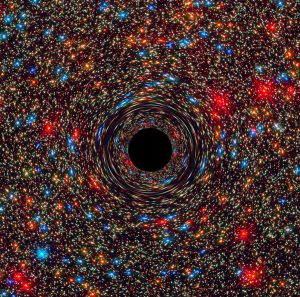Sir Roger Penrose is, without doubt, one of the most interesting polymaths of recent history. Even where I find his ideas fantastical, they are most definitely worth reading and understanding. Sean Carroll’s Mindscape podcast interview with Penrose from early January of this year is a treat.
I’ve previously discussed the Penrose-Hameroff conjectures concerning wave function collapse and their implication of quantum operations in the micro-tubule structure of the brain. I also used the conjecture in a short story. But the core driver for Penrose’s original conjecture, namely that algorithmic processes can’t explain human consciousness, has always been a claim in search of support. Equally difficult is pushing consciousness into the sphere of quantum phenomena that tend to show random, rather than directed, behavior. Randomness doesn’t clearly relate to the “hard problem” of consciousness that is about the experience of being conscious.
But take the idea that since mathematicians can prove things that are blocked by Gödel incompleteness, our brains must be different from Turing machines or collections of them. Our brains are likely messy and not theorem proving machines per se, despite operating according to logico-causal processes. Indeed, throw in an active analog to biological evolution based on variation-and-retention of ideas and insights that might actually have a bit of pseudo-randomness associated with it, and there is no reason to doubt that we are capable of the kind of system transcendence that Penrose is looking for.
Note that this doesn’t in any way impact the other horn of Penrose-Hameroff concerning the measurement problem in quantum theory, but there is no reason to suspect that quantum collapse is necessary for consciousness. It might flow the other way, though, and Penrose has created the Penrose Institute to look experimentally for evidence about these effects.… Read the rest

